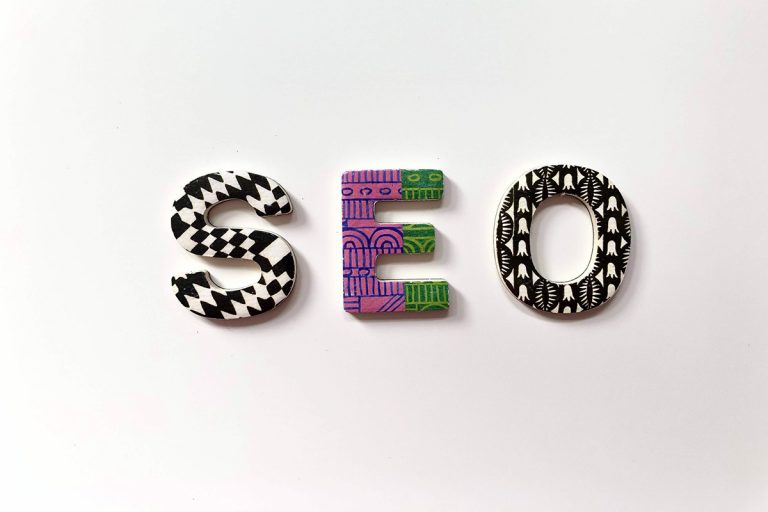Gesa, which aspects of neuromarketing should one pay attention to in order to develop a successful food brand?
“Not an easy question to start with. There is no such thing as THE neuromarketing strategy or aspects that guarantee success under all circumstances. Basically, neuromarketing is a hybrid science, and you have to have a very good understanding of marketing and marketing strategy in order for neuromarketing to work properly. But of course, there are many interesting starting points that can make your own marketing – also in the food sector – more successful. A full 95% of our purchase decisions are made unconsciously, and being able to influence these subconscious decisions has a huge leverage effect.
A good example is packaging design, which can have a major impact on the purchasing decision for a food product, and even on the taste that the customer perceives for himself. We consume and “taste” food in a contextual way, and this in turn changes our perception. One can imagine this very well using the example of French red wine: back in your Provence holiday, in a cosy auberge, the wine tastes like paradise. But back home, the magic has suddenly disappeared.
So the context in which we consume a product changes our perception. Another example is a test with consumers who should prepare their dinner in a blue, a red and a yellow kitchen. A blue kitchen is the least stimulating to “feast” in, as the color blue is rarely found in food in nature. Red and yellow, on the other hand, trigger us to eat and indulge in food much more, so we try harder to prepare a nice dish, we find it more tasty and finally eat more of it. Food packaging can have similar, unconscious effects, depending on how it is designed.
The product itself – in its sensory perception – , e.g. its shape, also influences us. Round objects are perceived as sweeter in the mouth, which is why lollipops and hard candy is usually round in shape. Especially in the Japanese cuisine, vegetables are cut in different shape (cubes, strips, square vs. round), depending on how they are supposed to taste in the dish. Or even the mere description of a food, e.g. on a restaurant menu, changes our perception of taste. For example, the “Nürnberger Bratwurst with Sauerkraut” is not perceived to be as delicate as the “Fermented, local white cabbage on roasted venison from the Nürnberg deer”.
On supermarket shelves, too, we are influenced by external factors that the retailer can control himself. For example, it was found that more German, French or Italian wine is bought on the wine shelf, depending on the music played in the background.
The examples could be continued indefinitely, but I think it has become clear: much of what we feel takes place unconsciously and it is up to us marketers to trigger this unconscious perception in the best sense.”
Does neuromarketing differ between product categories, or are our human "drivers" always the same?
“We all have certain drivers, which are described in the so-called Limbic Map. We all strive for dominance, stimulation and harmony in some way and with different characteristics. In addition, each person has his or her own individual drivers, which can also be different depending on the context (e.g. in an organic farmers’ market we may decide differently for food products than in a discount supermarket). Brands can, in that sense, present themselves for different motives, which are most pronounced in their own target group. Therefore, it is not necessarily the category of a product that is responsible for the differences in the neuromarketing approach, but the respective target group of a product.
So, the recommendation always is: “Measure the implicit, unconscious motives of your own customers in order to get to know the most distinctive drivers and align the packaging or campaign design accordingly.”
What is the advantage of building up your marketing according to neuromarketing aspects?
“As already mentioned: 95% of all decisions are made unconsciously, and since buying is always a decision-making process, we should try to reach our customers at this level. Only if we generate a positive emotional response from our customers on the unconscious level, will we get them to deal with us on the cognitive level as well.
Until now, marketing has often been created for the conscious level, and the neuromarketing approach is now moving in the direction of dealing much more with the unconscious level of the customer. For better messages that reach and positively stimulate the customer unconsciously. So that a food brand can become a real, emotional love brand.”





One Response
Great examples. Unconscious mind is more powerful than we think.